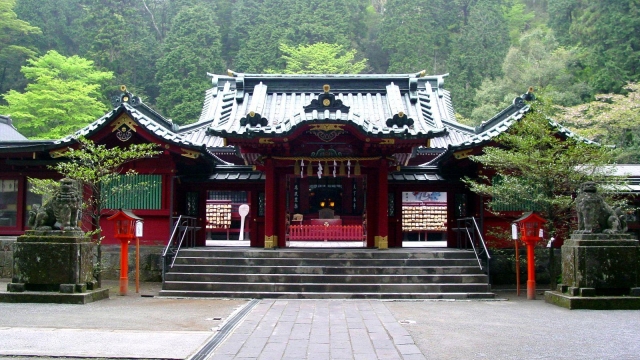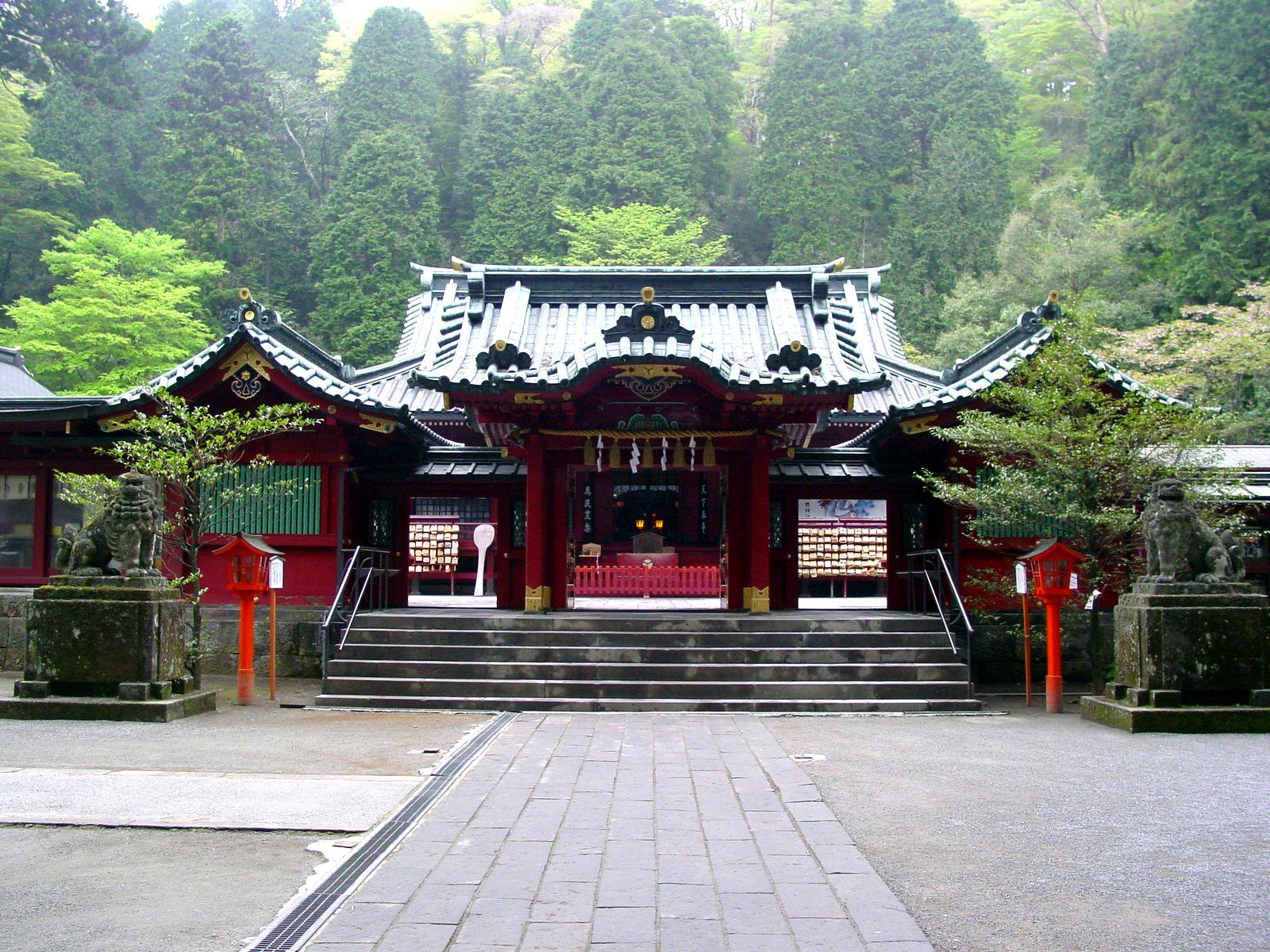
Whispers of the Kami: Exploring the Sacred Beauty of Shinto Shrines

In the heart of Japan, where ancient traditions and nature intertwine, the serene beauty of Shinto shrines invites contemplation and reverence. These sacred spaces, dedicated to the kami—spiritual beings or deities—are not merely structures, but living symbols of the relationship between the natural world and the divine. Each shrine, with its unique architectural style and serene surroundings, tells a story that echoes through the ages, reflecting the deep-rooted beliefs and cultural heritage of the Japanese people.
As one approaches a Shinto shrine, the atmosphere shifts, filled with a sense of peace and spirituality. The torii gates, often vibrant in color and elegantly crafted, mark the transition from the mundane to the sacred. It is within these tranquil environments that visitors can experience the whispers of the kami, encouraging moments of reflection and connection with the spiritual essence that permeates both nature and existence. Exploring Shinto shrines offers not only a glimpse into Japan’s rich spiritual tapestry but also an opportunity to appreciate the profound beauty of these hallowed grounds.
History and Significance of Shinto Shrines
Shinto shrines have deep historical roots in Japan, reflecting the ancient beliefs and practices of its people. These sacred spaces originated over a thousand years ago, evolving from simple family altars to more complex structures as the worship of kami, or spirits, became more organized. Initially, shrines were created in natural settings, such as on mountains or beside sacred trees, emphasizing the connection between nature and spirituality. As communities grew, the physical form of the shrines began to reflect societal changes and the development of a more structured religious system.
The significance of Shinto shrines extends beyond their physical attributes; they serve as vital cultural symbols that encapsulate Japanese identity and tradition. Each shrine is dedicated to specific kami, which can represent natural elements, ancestral spirits, or mythical figures. These locations provide a space for rituals, festivals, and seasonal celebrations, fostering a sense of community and continuity among those who participate. Furthermore, they play a crucial role in various life events, from birth and marriage to festivals that honor the seasons, marking the intertwining of the natural world and human life.
Over time, Shinto shrines have also become sites of national significance, particularly during the Meiji Restoration when Shinto was promoted as a state religion. This transformation created a framework in which shrines were not only places of local worship but also part of a broader national identity. Today, Shinto shrines are cherished as places of peace and reflection, drawing millions of visitors each year, both for spiritual purposes and as cultural heritage sites, thus maintaining their relevance in contemporary Japanese society.
Get More Information
Architectural Features of Shinto Shrines
Shinto shrines are distinguished by their unique architectural styles, which can vary significantly depending on the region and the specific deity honored. The most essential feature is the torii gate, a symbolic entrance that marks the transition from the mundane to the sacred. These gates are often made of wood or stone and are designed in various styles, including the simple kasuga and the more elaborate myojin designs. Each style reflects the specific kami worshipped and sets the tone for the spiritual atmosphere of the shrine.
The main building of a Shinto shrine, known as the honden, is where the kami resides. Эти structures are typically constructed without nails, using intricate joinery techniques that highlight the craftsmanship involved. The design of the honden usually features a thatched or copper roof, which helps to blend the building with the surrounding natural environment. Furthermore, the placement of the honden is carefully considered, often situated in a way that emphasizes its relationship with nature, reinforcing the Shinto belief in the divinity of the natural world.
Surrounding the honden, visitors can find various other structures, like the haiden, or worship hall, where rituals and offerings are made. Sacred trees, stones, and burial mounds are also common elements integrated into the shrine’s design, creating a seamless connection between the shrine’s architecture and the natural landscape. This harmonious blend not only enhances the spiritual experience for worshippers but also embodies the Shinto philosophy of living in harmony with nature.
Rituals and Practices at Shrines
Shinto shrines are centers of spirituality where various rituals take place to honor the kami, or spirits. Upon entering a shrine, visitors often perform a ritual purification known as temizu. This involves washing hands and rinsing the mouth at a water basin to cleanse oneself before approaching the sacred space. This act symbolizes the importance of purity in Shinto beliefs and prepares the mind and body for prayer.
One of the most notable practices at Shinto shrines is the offering of prayers and the ringing of bells. Visitors may approach the offering box, toss in a coin, bow twice, clap their hands twice, and then offer their prayers. This sequence of movements serves to show respect to the kami and to make offerings for blessings. Each shrine may have its specific custom, but the essence of connecting with the divine remains consistent across these sacred spaces.
Festivals, known as matsuri, also play a significant role in the life of a shrine. These celebrations often involve processions, music, dance, and rituals that express gratitude towards the kami for their blessings. Seasonal festivals celebrate agricultural harvests, while others may honor specific deities. These events not only strengthen community bonds but also embody the vibrant traditions that have been passed down through generations, making Shinto shrines lively centers of cultural and spiritual heritage.
Preserving the Spirit of Kami
Shinto shrines serve as vital connections between the earthly realm and the divine presence of kami, the spirits revered in Shinto beliefs. The preservation of these sacred sites is not merely an act of maintaining physical structures but also a commitment to honoring the spiritual essence that resides within them. From the grand torii gates that mark the entrance to the meticulous care taken in the surrounding gardens, each element plays a role in cultivating an atmosphere that invites reflection and reverence. Through ongoing rituals and the respect shown by the community, the spirit of kami is kept alive, allowing visitors to experience serenity and spiritual renewal.
Cultural practices surrounding Shinto shrines emphasize the importance of tradition and continuity. Annual festivals and ceremonies, known as matsuri, bring communities together to celebrate the abundance and protection provided by the kami. These events not only strengthen community bonds but also serve as a reminder of the deep-rooted beliefs that have been passed down through generations. By participating in these rituals, individuals reaffirm their connection to the kami and the history of the shrine, ensuring that the sacredness of the space endures in the collective memory.
In recent years, there has been a growing awareness of the challenges that threaten the preservation of Shinto shrines, including modernization and environmental changes. Efforts are being made to protect these sacred sites through conservation programs, increased community involvement, and educational initiatives. By fostering a sense of responsibility and pride for their cultural heritage, local communities play a crucial role in sustaining the spirit of kami. It is through these collective efforts that Shinto shrines can continue to be places of peace and worship, offering a sanctuary for both the physical and spiritual journeys of all who visit.



